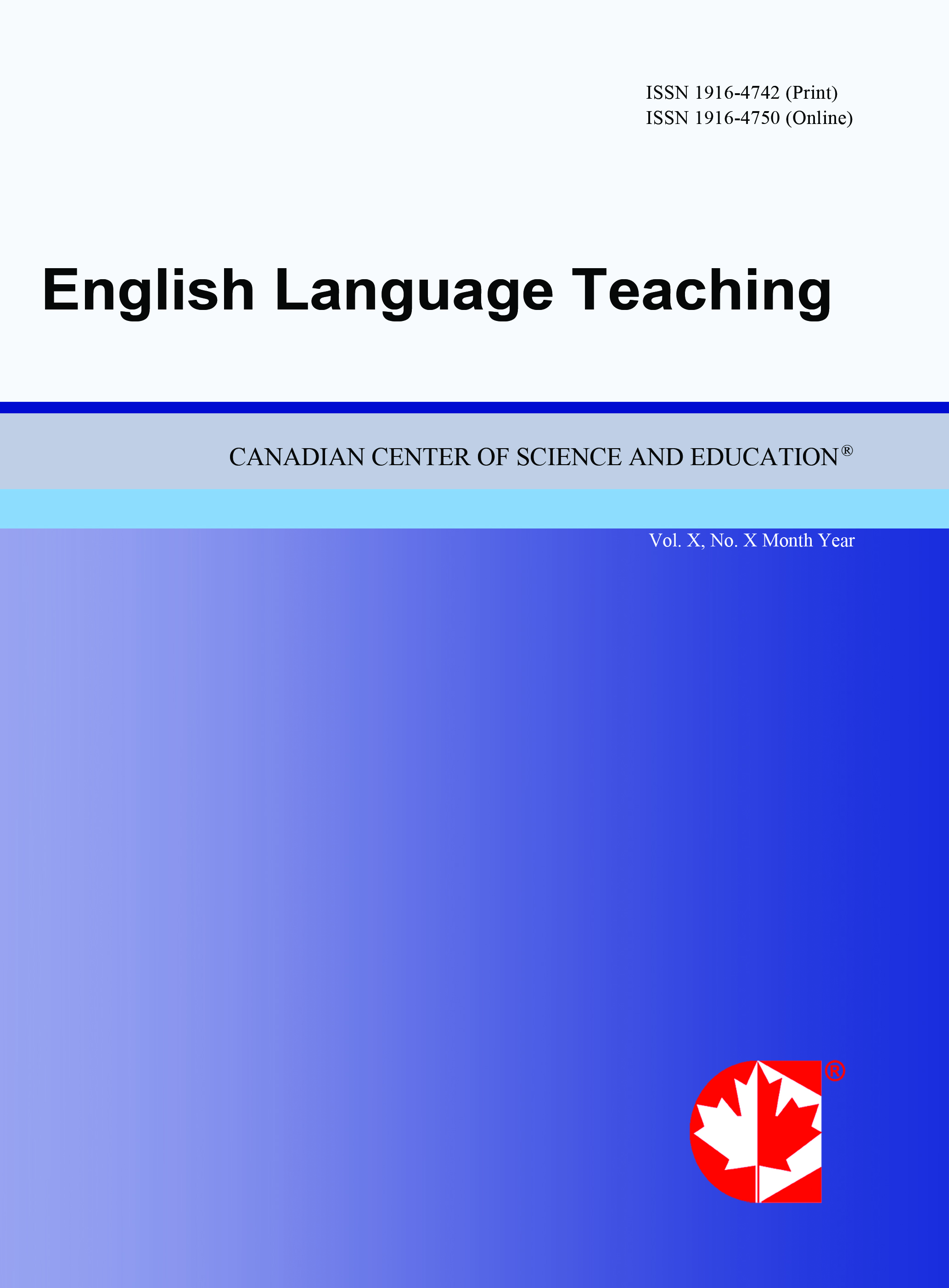Disability Representation in Saudi English Language Textbooks
- Gadah Brahim Aleidan
- Najlaa Rukayan Alharbi
Abstract
The aim of the present study was to investigate how people with disabilities are portrayed in the textbooks for English as a foreign language (EFL) that are currently used by students in Grades 1–12 in Saudi Arabia. A qualitative content analysis (texts and images) was employed to identify and critically analyze the textual and visual representations in the selected textbooks. Little research has examined the representation of people with disabilities in Saudi Arabia textbooks. Thus, this study aims to address this research gap and to contribute to the existing literature. The findings revealed that, while physical disabilities were the most frequently represented form of disability, sensory, cognitive, and learning disabilities were significantly underrepresented. The analysis also highlighted the extremally limited representation of disability in both textual and visual content, with only 0.45% of the total pages across all textbooks featuring disability-related content. Of note, the findings revealed that primary-level textbooks did not contain any representations of disability. Although the textbooks avoided negative stereotypes and presented people with disabilities in a positive light, the narrow focus on physical disabilities failed to capture the full spectrum of disability experiences. Therefore, the current representations of disability in Saudi EFL textbooks are limited and do not adequately reflect the diversity of disability experiences. Recommendations are provided for curriculum developers and policymakers to enhance the inclusivity of educational materials, to ensure that they reflect the diverse experiences of people with disabilities, and to promote content that is more inclusive.
- Full Text:
 PDF
PDF
- DOI:10.5539/elt.v18n4p69
Journal Metrics
1. Citations (February 2025): 97751
2. h-index (February 2025): 132
3. i10-index (February 2025): 1695
For details about the Journal Metrics, please visit the Google Scholar website.
Index
- Academic Journals Database
- CNKI Scholar
- Educational Research Abstracts
- Elektronische Zeitschriftenbibliothek (EZB)
- EuroPub Database
- Excellence in Research for Australia (ERA)
- GETIT@YALE (Yale University Library)
- Harvard Library E-Journals
- IBZ Online
- INDEX ISLAMICUS
- JournalSeek
- JournalTOCs
- LearnTechLib
- Linguistics Abstracts Online
- LOCKSS
- MIAR
- MLA International Bibliography
- NewJour
- Open J-Gate
- PKP Open Archives Harvester
- Publons
- ResearchGate
- ROAD
- SHERPA/RoMEO
- Standard Periodical Directory
- Technische Informationsbibliothek (TIB)
- The Keepers Registry
- Ulrich's
- Universe Digital Library
Contact
- Gavin YuEditorial Assistant
- elt@ccsenet.org
